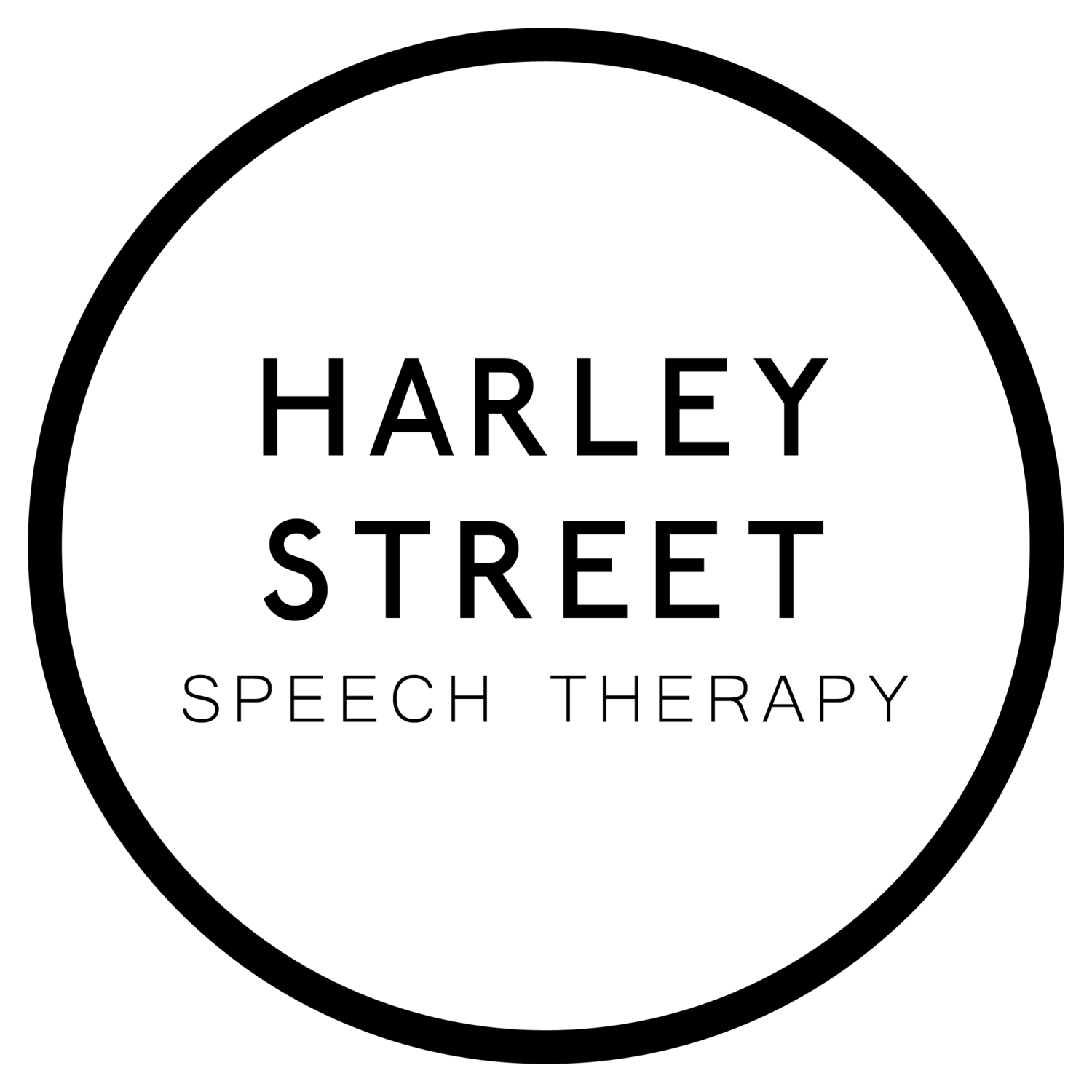Articulation / Accent Modification
As well as working on fluency, I also help adults looking to change certain aspects of their articulation / pronunciation.
Probably the most common articulation difficulty I work with is the Lisp. There are four types, Interdental (tongue between the teeth, the most common type), Lateral (air escaping over the side the tongue, e.g. the way England captain Harry Kane speaks), Palatal (tongue retracted), and Dentalised (tongue against teeth). First we’ll need to establish which lisp we’re dealing with and then give you some daily practise and a schedule to work with.
Accent work is undertaken with adults wishing to achieve an English accent closer to Received Pronunciation (RP). Accents are largely characterised by vowel systems, so we’ll map out the vowels of your first language’s phonology and see how they transpose to RP. We’ll then usually identify between 3 and 5 diphthongs (vowels that change shape) to work on.
For example: native Italian speakers typically use the short vowel in “fit” where native English speakers would use the long vowel “feet”. So we’ll start by developing that vowel and putting it into some speech exercises.
It’s very important to remember that if you started learning a 2nd language beyond the age of 5, and haven’t grown up fully immersed in that language, then it’s almost impossible to achieve a native-level phonology. So, it’s important that we manage expectations and enter into a programme with some clear goals.
